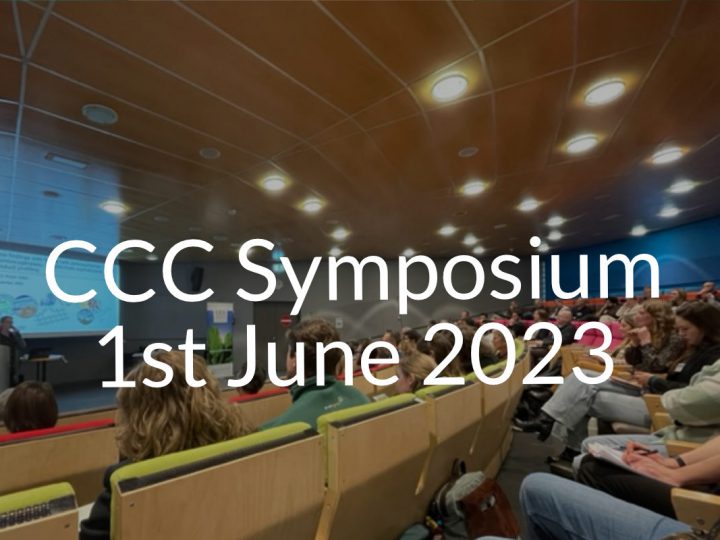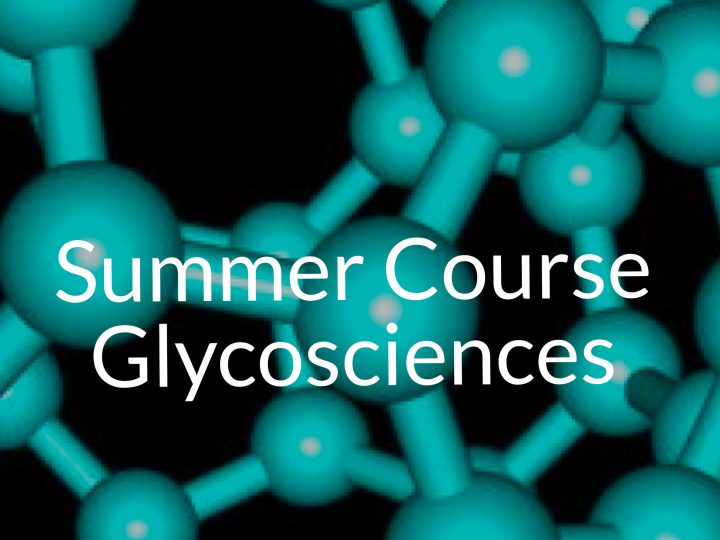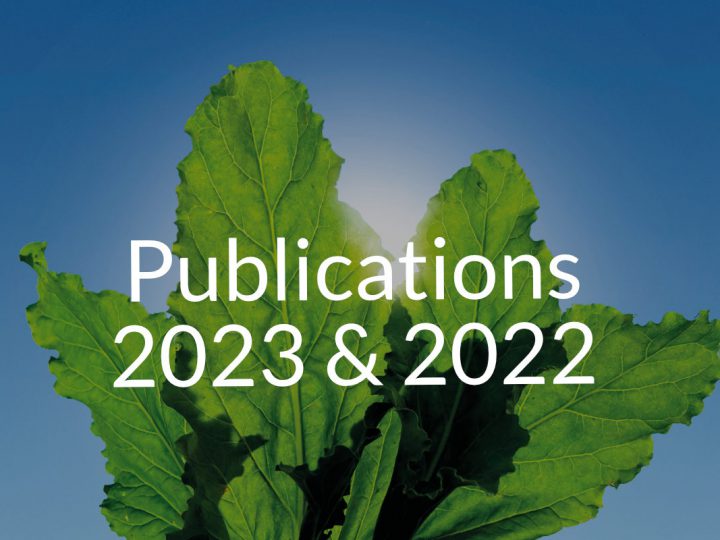On the 18th of September, Thibaut Mouthier defended his thesis entitled Biological and chemical pre-treatment of grasses to overcome lignin’s recalcitrance improving carbohydrate degradability. His work reviews biological or mild chemical pre-treatment routes to liberate monosaccharides from recalcitrant feedstocks.
Focus on lignocellulose biomass
In the transition to a biobased economy, fossil-based products need to be replaced by renewable biochemicals and biofuels. To do this, more biomass is required. However, this transition should not compete with the production of biomass for food and feed. Lignocellulose biomass, such as wheat straw and corn stover, could become an acceptable alternative feedstock for materials and, if feasible, for food and feed production.
Pre-treatment of biomass
Lignocellulose biomass is mostly a by-product from food and feed production and consists of plant leaves and stems, sometimes mixed with grasses and weeds. Lignocellulose biomass contains carbohydrates (cellulose and hemicellulosic xylan) and lignin. Both form complex interactions in the plant cell wall, which are still hard to understand. The complex cell wall structure makes it difficult for enzymes to degrade carbohydrates into smaller molecules. In this research, different pre-treatment routes were studied. Its goal was to modify the complexity of the cell wall structure, in order to increase enzymatic conversion.
Application in mushroom production
The production of mushrooms (mycelium) requires a nutrient-rich substrate. A substrate for the growth of mushroom Agaricus bisporus can be prepared by composting a mixture of wheat straw, horse and chicken manure, gypsum and water. The horse and chicken manure provide the compost with nitrogen, ammonium and a wide range of micro-organisms. The wheat straw provides carbon to feed Agaricus bisporus and the micro-organisms, while gypsum is the source of calcium and decreases the pH. The whole composting process consists of three phases. First, a biological pre-treatment phase to open up the complex straw structure. Secondly, a conditioning phase for the ‘other than mushroom’ micro-organisms. Thirdly, the growth phase for the mushrooms themselves.
Pre-treatment achievement
Mouthier showed that the first phase of the composting process could be reduced by 20% in time by increasing the ammonia availability to open up the cell wall structures, possibly also by lignin modifications and degradation of lignin-carbohydrate complexes. The increased availability of ammonia could be achieved by delaying the addition of gypsum. The compost quality was monitored by measuring the lignin composition py-GC-MS and its degradability by a commercial (hemi)cellulosic enzyme cocktail.
More information
For the full paper on pre-treatment of compost for mushroom production, please see Mouthier, TMB, Kilic, B, Vervoort, P, Gruppen, H, Kabel MA, Potential of a gypsum-free composting process of wheat straw for mushroom production,
PlosOne. 2018; 1-15 https://journals.plos.org/plosone/article?id=10.1371/journal.pone.0185901
The thesis can be found here:
http://edepot.wur.nl/453742.





